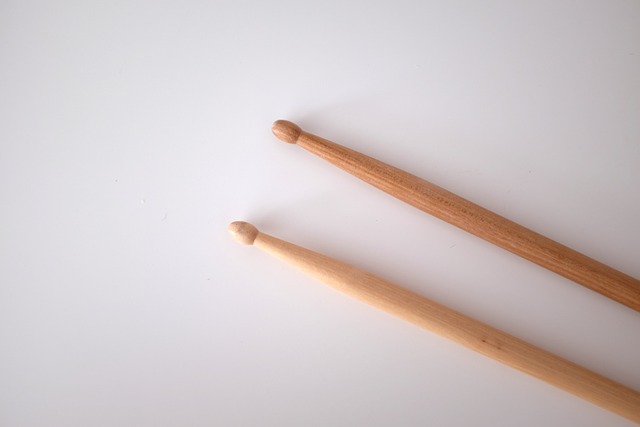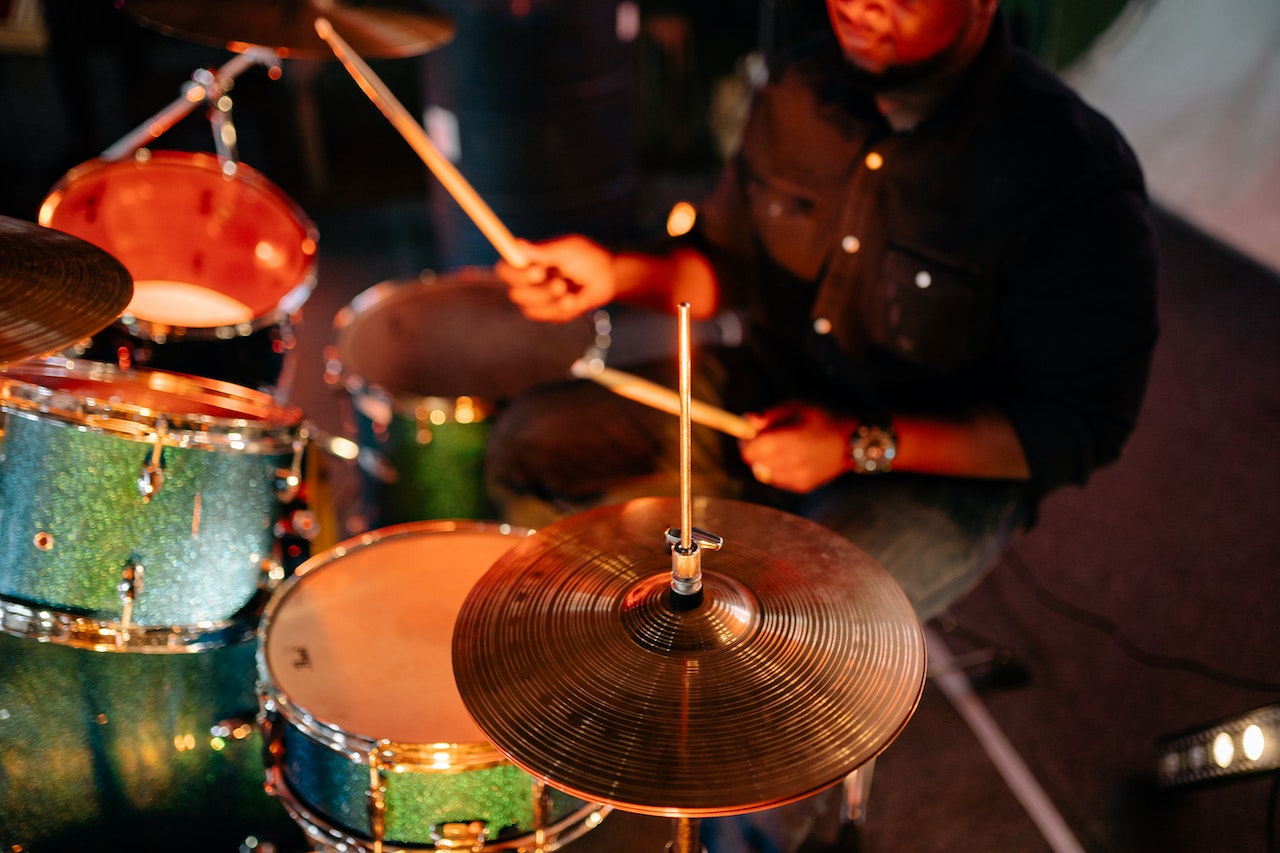Unveiling Musical Rhythm
Are you ready to embark on a rhythmic journey that will make your feet tap and your heart dance? Today, we're diving into the wonderful world of musical rhythm, where beats and patterns come together to create the infectious pulse that moves us all.
Content
So, what exactly is musical rhythm?
Well, imagine your favourite song without any beat or tempo. It would be like a car without wheels—it just wouldn't go anywhere! Rhythm is the backbone of music. It gives songs their structure, energy, and groove, making them irresistible and impossible to resist.
When we talk about rhythm, we're referring to the arrangement of sounds and silences over time. It's like a musical language that musicians use to communicate and express themselves. Just like letters form words, and words form sentences, in music, beats form measures, measures form phrases, and phrases form entire songs.

Beat
To understand rhythm, we need to become familiar with some basic elements. The first one is the beat. Picture yourself tapping your foot along with your favourite tune. That steady, consistent pulse that you feel is the beat. It's the heartbeat of the music, keeping everything in sync and providing a foundation for other rhythmic elements.
Meter
Now, let's introduce you to the concept of meter. Meter is like the rhythm's DNA. It determines the number of beats in a measure and the way they're grouped. The most common meter is 4/4, also known as "common time." You've probably heard this in countless pop songs. It goes like this: ONE, two, three, four; ONE, two, three, four. Each number represents a beat, and the strong emphasis is usually on the first beat.

Duration
But wait, there's more! Rhythm also plays with the duration of the notes played. Have you ever noticed how some notes sound longer or shorter than others? That's where note values come into play. The semibreve (whole note) lasts for four beats. Then we have the minim (half note) lasting two beats, crotchet (quarter note) lasting one beat, semiquaver (eighth note) lasting half a beat, and demi semi quaver (sixteenth note) lasting a quarter of a beat. These note values allow musicians to create various rhythmic patterns and add depth and texture to the music.
Examples
To give you a taste of the incredible diversity of rhythms, let's check out a few examples:
- In a song like Queen's "We Will Rock You," the rhythm is straightforward and catchy. It's based on a simple pattern where the beat is emphasised by stomping and clapping: stomp, stomp, clap; stomp, stomp, clap.
- If you're a fan of Latin music, you might enjoy the lively rhythm of the salsa. Picture yourself dancing to the beat of the congas, the trumpets, and the cowbell. The rhythm is energetic and syncopated, with intricate patterns that make your hips sway and your feet move.
- Hip-hop music often uses a technique called "sampling," where snippets of other songs are integrated. This genre explores a wide range of rhythms, with syncopations and offbeat patterns that create a distinctive groove.
- Let's not forget about jazz! This genre thrives on improvisation and complex rhythms. Drummers like Art Blakey or Elvin Jones can create mind-boggling rhythmic structures, weaving together a tapestry of beats that will keep you on your toes.

Conclusion
Now that you've got a taste of the fascinating world of rhythm, you might be curious to explore it further. If you're really passionate about music and want to dive deeper into the mechanics of rhythm, it's worth considering learning music theory. Music teachers can guide you through the intricacies of rhythm and help you develop a solid foundation in understanding and applying rhythmic concepts.
If you're interested in finding music teachers who specialise in teaching music theory, take a look at the wide range of qualified instructors who can enhance your understanding of rhythm and unlock a whole new level of musicality.
Looking to read more? Why not take a look at our article on Tempo and continue your journey through the world of Music Theory? Take a look at our glossary of musical terms for a comprehensive guide to help you on your music theory journey.
I hope this rhythmic adventure has sparked your curiosity and encouraged you to delve deeper into the captivating world of musical rhythm. Remember, rhythm is what gets our bodies moving, our hearts beating, and our souls singing. It's a language that unites us all, transcending barriers and bringing joy to our lives.
Now go forth, explore different genres, tap your feet, and let the magic of musical rhythm guide you on an unforgettable journey through the vibrant realm of music!
